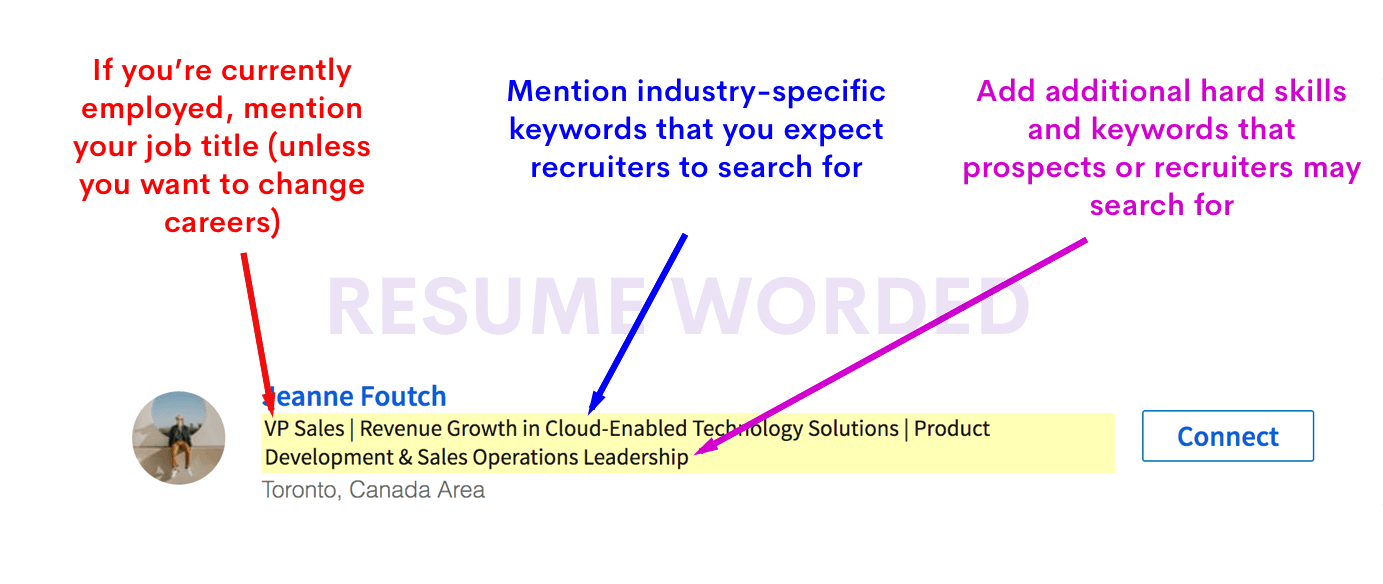Looking for a job is hard enough when employers are upfront about the process … which rarely happens. Instead, job seekers are often left wading through boilerplate text that doesn’t actually tell you what you want to know.
For example, what does “not selected by employer” mean on Indeed? Were you rejected? Was your application terrible? Were you narrowly beaten by somebody whose qualifications were exceptional? And what can you do differently next time to land the job?
Keep reading as we explain exactly what the “not selected by employer” status means on Indeed, why it happened, and what you can do to make sure it doesn’t happen again.
What “not selected by employer" means on Indeed
Let’s start by ripping off the band-aid: If you got the message “not selected by employer” on Indeed, then yes, your application was rejected.
This doesn’t mean that you can’t reapply, but you should treat it like any other rejection. For advice on what to do next, scroll down to our section on “What to do if you weren’t selected.”
Why you were rejected on Indeed
The most common reasons for rejection on Indeed are:
- You answered a question on the application form incorrectly
- You didn’t pass the ATS screening
- You were rejected by a human recruiter
Here’s how to tell which one most likely applies to you.
Instant rejection: Incorrect answer on the application form
Most job applications on Indeed have additional questions that applicants are required to answer — and if you don’t answer the way hiring managers want you to, your application may be rejected outright. These questions are the easiest, fastest, most straight-forward way for hiring managers to screen out anyone who does not meet the requirements of the job.
For example, if you answered a question like “Do you have at least 1 year of experience in software development?” with a “No,” that’s likely the reason you were rejected.
Quick rejection: ATS screened out your application
If your application was rejected in 1-3 days, there’s a decent chance it never made it in front of an actual recruiter. Instead, the culprit is probably the Applicant Tracking System (ATS). ATS may screen out your resume because:
- You didn’t include relevant keywords they were scanning for, e.g. the title of the job you applied for.
- You were lacking essential qualifications, e.g. a specific degree or number of years’ experience
- Your resume wasn’t formatted correctly and the ATS couldn’t process it
If you think this may have been the case, it’s worth running your resume through a free resume scanner to see what it picks up. Score My Resume uses ATS technology to scan your resume and give you feedback on where you can improve — including checking to see if it’s ATS-compatible.
Delayed rejection: A recruiter didn’t think you were the right candidate
If your application was rejected after a longer wait (3 days or more), you probably made it at least as far as the hiring manager. At this stage, it’s worth taking a longer look at your resume to see if there are ways you can strengthen your candidacy.
What to do if you weren’t selected
Here’s what to do in the immediate aftermath of seeing the dreaded “not selected by employer” status on Indeed.
Review the job description
Is there a hidden requirement you missed that could explain why you weren’t selected? Maybe it was a stretch role and you just need a little more experience, or maybe you lack a key qualification. If you still think you’re a good fit, it’s time to take the next step.
Take a look at your resume
You know you’d be good at the job — but is that reflected on your resume? Make sure you’ve included essential skills, experience, and qualifications in a way that’s easy for recruiters to find. Here are some quick tips on how to update your resume even if you only have a few minutes to spare.
Ask for feedback
Depending on the volume of applicants, you may or may not get feedback on your application — but that doesn’t mean you can’t ask. We have some handy email templates on how to ask why you didn’t get the job if you’re struggling with how to phrase your request.
How to avoid seeing “not selected by employer” on Indeed
Want to avoid having to do it all over again (and again … and again)? Here’s how to make sure you nail your application the first time:
- Read the job posting carefully and follow the application instructions. Make sure you meet the minimum requirements for the position that your answers reflect this.
- Respond to the spirit of the question. It’s still okay to apply for a position if you only meet most of the prerequisites (as long as they’re not basic requirements of the job). In this case, you should still answer “yes” to any screening questions — just make sure your resume accurately reflects your actual experience and qualifications.
- Customize your resume for each job you apply to. We have tips on how to tailor your resume in as little as a couple of minutes.
- Use ATS-compatible formatting. Stick to a simple, well-structured resume and avoid fancy fonts, images, or complex layouts that may confuse the system.
- Use a resume screener tool to optimize your resume for ATS. These tools use the same software as the ones employers use on Indeed, so they can pick up any lingering issues before you get to the rejection stage.
- Consider additional training or certifications. If you don’t quite meet the job requirements, why not upskill until you do? Even something as simple as completing a short online course, outing together a personal project, or taking on a new responsibility at work can show that you have the necessary skills to do the job.










